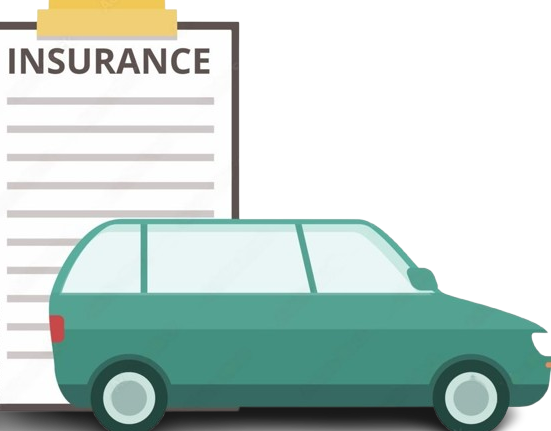Here’s more detailed information about car insurance .
1. Impact on Premiums
– The deductible amount you choose directly impacts your car insurance premium. Here’s how:
– Higher Deductible

If you opt for a higher deductible (e.g., $1,000), your premiums will be lower because you’re assuming more of the financial risk in the event of a claim.
– Lower Deductible
If you choose a lower deductible (e.g., $250), your premiums will be higher because your insurer will be covering more of the potential costs.
Example:
– If your deductible is $1,000, you’ll have lower monthly premiums, but you’ll need to pay $1,000 upfront before your insurance covers the remaining amount of a claim. Conversely, with a $250 deductible, your premiums will be higher, but your out-of-pocket cost for repairs will be lower.
2 Deductibles and Different Types of Claims
– Collision Deductibles
You’ll pay this deductible when filing a claim after an accident involving another vehicle or object (e.g., a fence or tree).
– Comprehensive Deductibles
This applies when filing claims for damage from non-collision events such as theft, vandalism, fires, natural disasters (hailstorms, floods), or hitting an animal.
– Uninsured/Underinsured Motorist Deductibles
Some states and insurers have a deductible for claims involving uninsured or underinsured drivers. This kicks in when you’re in an accident with a driver who doesn’t have sufficient insurance.
3. Deductible for Totaled Cars
– If your car is totaled in an accident, your deductible is still applicable. The insurance company will pay out the car’s actual cash value minus the deductible.
Example:
– If your car’s value is $10,000 and your deductible is $1,000, you will receive a payout of $9,000.
4. Per Claim vs. Per Policy Period Deductibles
– Car insurance deductibles are generally per claim meaning you pay the deductible each time you file a new claim. This is different from some types of insurance (like health insurance) where deductibles are per policy period (e.g., annually).
5. Zero-Deductible Options
– Some insurers offer zero-deductible options for specific coverage types (e.g., glass repair). If you have zero-deductible glass coverage, for example, you won’t pay anything for windshield repair or replacement.
Car insurance deductibles explained- Personal Finances
Car insurance deductibles explainedu of pocket in case of an accident. If you have a solid emergency fund, a higher deductible might make sense to save on premiums.

Read also;https://mocgw.xyz/affordable-car-insurance-quotes-in-kingman-az/
If you’re a safe driver or don’t drive often, a higher deductible may be a better option since you’re less likely to file a claim.
– Car’s Value For older, less valuable cars, a high deductible may make sense since repair costs may be lower, or you may not want to spend much on insurance for a vehicle with low value.
Vanishing Deductible Programs
– Some insurers offer a vanishing or diminishing deductible. This program reduces your deductible by a certain amount (e.g., $50 or $100) for every year you go without filing a claim. Over time, your deductible can shrink to $0, offering a reward for safe driving.
Situations Where No Deductible Applies
– Liability Coverage No deductible applies to liability insurance, which covers damages to others when you’re at fault in an accident.
– No-Fault Accidents Depending on your state’s laws and insurer’s policies, you may not have to pay a deductible if you are not at fault for an accident.
. Common Deductible Amounts
– $250 Low out-of-pocket costs but higher premiums.
– $500 A balance between affordability and premium savings.
– $1,000 Higher risk (out-of-pocket) but lower monthly costs.
– 2,000 or higher Usually for people who are willing to take significant financial responsibility in exchange for much lower premiums.
. Filing a Claim and Paying the Deductible
– After an accident or incident, when you file a claim, your insurer will determine if your policy covers the damage. Once approved, your insurer will subtract the deductible amount from the total payout. For example, if you have $3,000 in damages and a $500 deductible, the insurer will pay $2,500, and you’ll cover the $500.
**Important Note**: You don’t actually pay your deductible to the insurance company. Instead, it’s subtracted from the amount they pay to settle your claim.
Conclusion
Choosing the right car insurance deductible depends on your budget, driving history, and how much financial risk you’re willing to assume. If you’re confident in your driving and can afford higher out-of-pocket costs in the event of an accident, a higher deductible can help reduce your premiums. However, if you prefer to have smaller bills at the time of an incident, a lower deductible might be a better fit, even if your monthly payments are higher.
